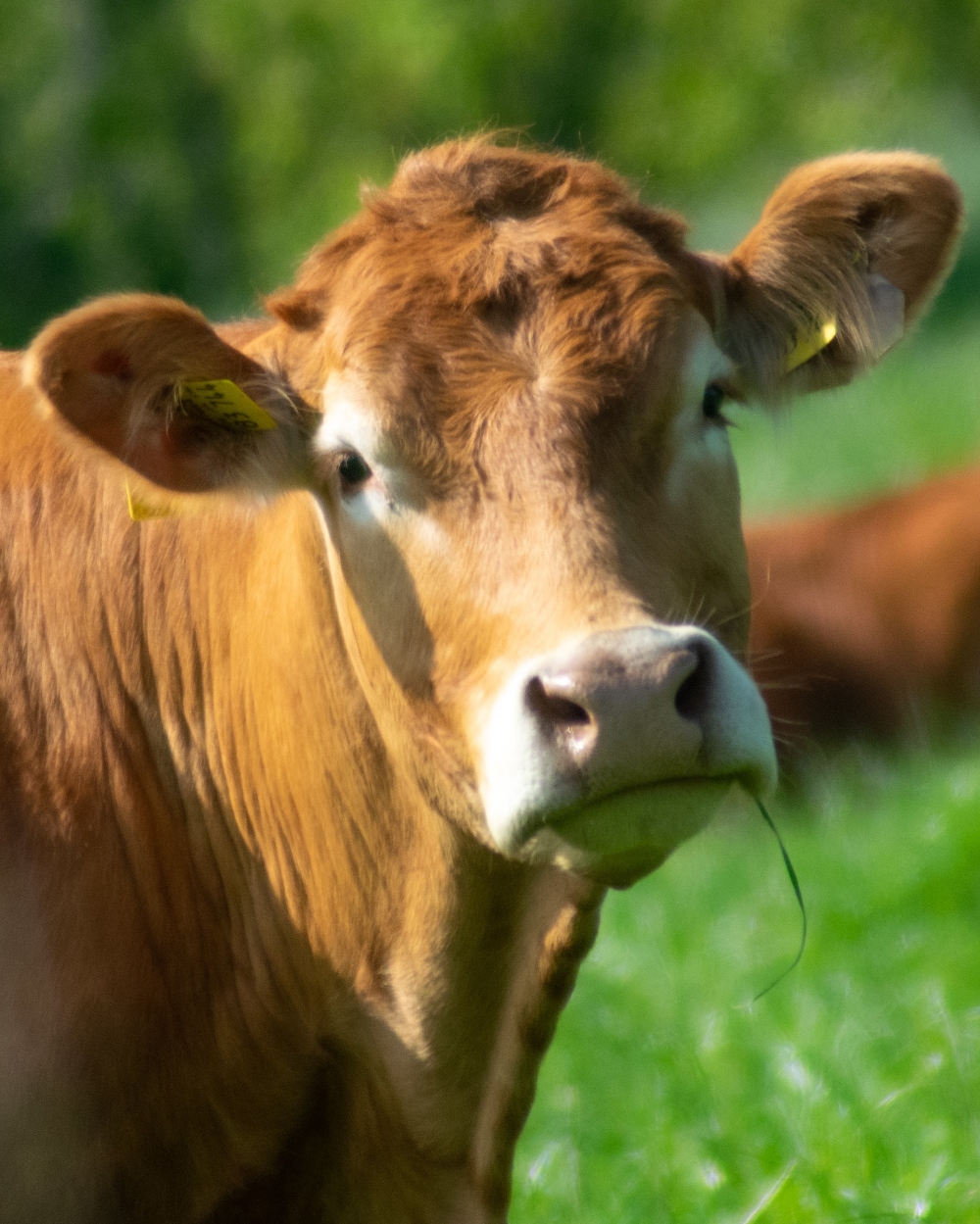Global Trade Law | Politics | Society
Introduction: When Meat Becomes a Political Weapon
How trade protectionism, populist politics, and evolving WTO dynamics are reshaping global meat markets
In 2019, amid a volatile wave of trade disputes, then-U.S. President Donald Trump announced a 35% base tariff on imported meat products, part of a broader protectionist strategy targeting countries like China, Mexico, and the EU. While framed as a move to protect American farmers, it marked a deeper return to what scholars have long called “agro-exceptionalism” — the idea that agricultural products, particularly food staples like meat, deserve special treatment under international law.
The global meat trade — once governed largely by free market principles under the World Trade Organization (WTO) — has since become a battleground of nationalism, regulatory divergence, and legal fragmentation.
Agro-exceptionalism: A Legacy Doctrine Reimagined
Historically, agro-exceptionalism referred to the preferential treatment of agriculture in both domestic and international legal systems. Governments routinely carved out exceptions to liberal trade rules for agricultural goods, citing food security, rural livelihoods, or national sovereignty.
While the WTO’s Agreement on Agriculture (AoA) tried to limit these exceptions in the 1990s, enforcement remained weak, and many countries continued to use:
- Tariff-rate quotas
- Export subsidies
- Sanitary and phytosanitary (SPS) barriers
Trump’s meat tariffs — justified on national security and economic grounds — signaled a reassertion of agro-exceptionalism, this time cloaked in the language of America First populism.
“They’ve been taking advantage of our farmers for decades,” Trump said in a 2019 rally, justifying the tariffs. “Those days are over.”
But the consequences went far beyond the U.S.
Global Fallout: Retaliation, Fragmentation, and WTO Paralysis
Trump’s tariffs prompted immediate retaliatory measures. China, the EU, and others imposed counter-tariffs on U.S. pork, beef, and poultry. The global meat trade — a complex, multi-billion dollar industry — became one of the most visible casualties of the trade war era.
With the WTO’s Appellate Body effectively paralyzed, member states lacked a functioning mechanism to resolve these disputes. This accelerated:
- Bilateral trade deals with bespoke agricultural chapters
- Regulatory divergence in meat safety, labeling, and hormones
- Increased use of SPS exceptions to justify trade barriers
For example:
- The EU continued its ban on hormone-treated beef, citing health risks, despite WTO criticism.
- Brazil and Argentina pushed for broader access to Asian markets by aligning with local SPS standards rather than WTO norms.
The WTO’s vision of a unified, rules-based global meat market began to erode.
Trade Law Meets Sovereignty: The New Politics of Meat
Meat is not just a commodity — it’s culturally charged, politically sensitive, and economically strategic. Populist leaders across the globe — not just in the U.S. — began using meat policy to signal nationalist priorities:
- India tightened beef export controls under religious pressure.
- Brazil used meat exports as a bargaining chip in geopolitical negotiations with China.
- Australia faced pushback in Asian markets after aligning with U.S. meat production standards.
At the heart of these tensions lies a fundamental legal clash:
Can countries protect domestic agriculture without violating their WTO obligations?
The answer remains murky, as the balance between sovereign regulatory space and trade liberalization commitments continues to evolve.
The Future of Meat Trade Law: Three Trends to Watch
1. Rise of Bilateral and Regional Frameworks
With WTO mechanisms weakened, trade in meat is increasingly governed by regional trade agreements (RTAs) like:
- USMCA (United States-Mexico-Canada Agreement)
- CPTPP (Comprehensive and Progressive Agreement for Trans-Pacific Partnership)
- EU-Mercosur Agreement (pending ratification)
These deals allow for more tailored agro-provisions, but also fragment the global legal landscape.
2. Climate and ESG Regulation as the New Frontier
Environmental and ethical concerns — from methane emissions to animal welfare — are shaping new legal standards. The EU’s Carbon Border Adjustment Mechanism and proposed restrictions on deforestation-linked beef imports could become non-tariff barriers in future disputes.
3. Digital Meat Traceability and Blockchain Regulation
New tech tools are emerging to digitally verify origin, safety, and ethical compliance in meat supply chains. The legal recognition of such tools, and the interoperability of digital standards, will become crucial in future trade negotiations.
Conclusion: Agro-Exceptionalism 2.0?
The Trump-era tariffs may have triggered a flashpoint, but they were part of a broader trend: the re-politicization of food trade in a fractured global order.
Today, the international law of meat trade reflects a complex negotiation between liberalization, sovereignty, and sustainability. Agro-exceptionalism hasn’t disappeared — it’s simply been repurposed for a new era, where states justify trade barriers not just on economic grounds, but on cultural, environmental, and strategic ones.
As new challenges like climate policy, food security, and zoonotic risk reshape the global agenda, meat trade law will remain one of the most contested—and revealing—arenas in international economic law.






